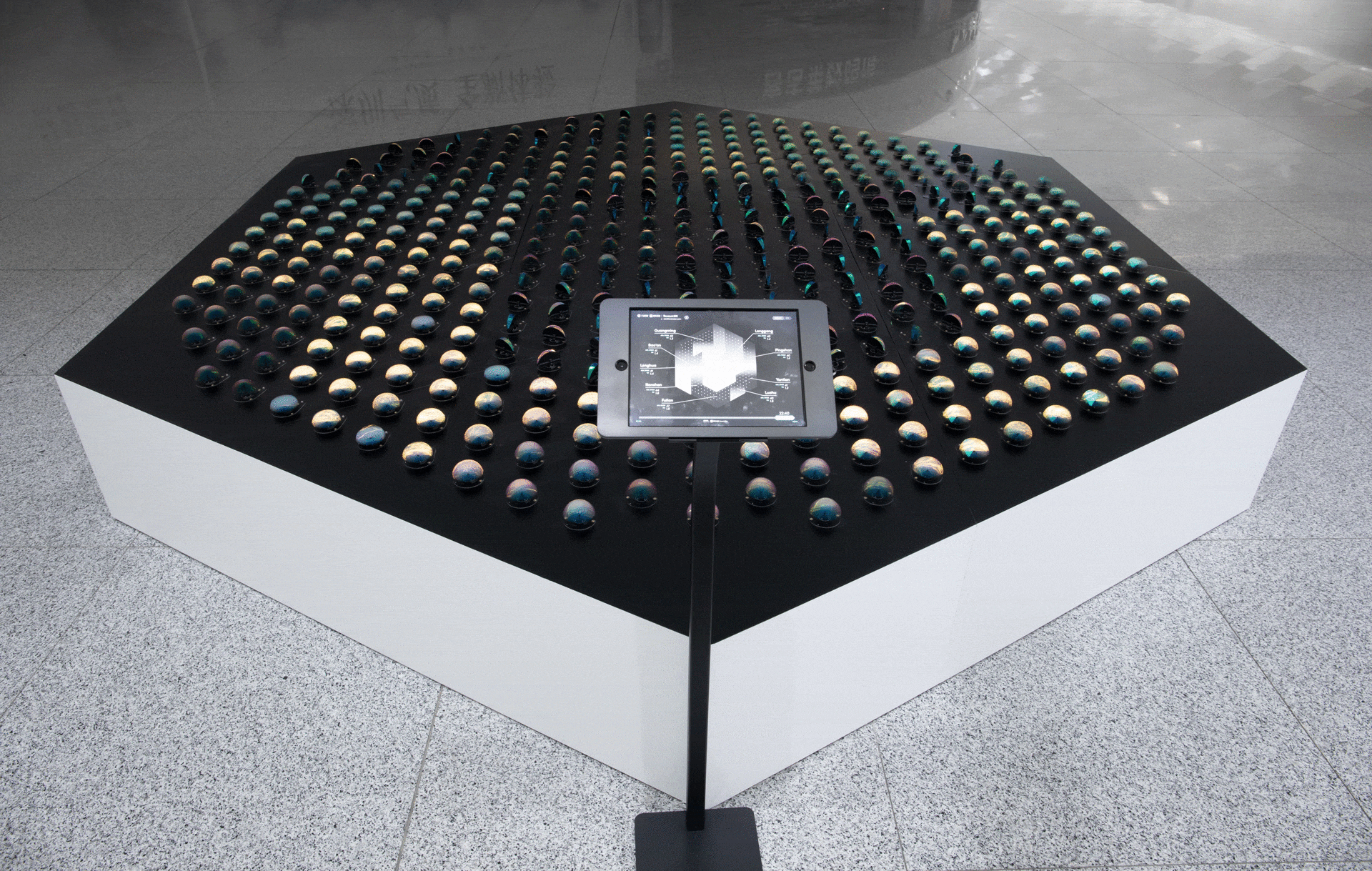My Definition of “Interaction” :
In order for an interaction to take place, there should exist multiple, at least two, objects. The objects can be either human or robot, but they must have the ability to input, process and output. In other words, the ability to “listen, think and speak” (Crawford). And in the process of interaction, all these three elements should be involved in some ways. As the extension of the thinking process, the interaction should have variability. This is to say that the output of the objects are unique, the output should embody objects’ thinking in the interaction process.
Two examples:
1).
In the project called “Suntory HIBIKI”, there is a special kind of whisky glass that senses tilting, touching, swirling, or drinking from human, and corresponding scenery and changes would appear on a screen. I think this project satisfies my definition of interaction perfectly.
Firstly, the objects are humans and the whisky glasses. Secondly, they all do input, process and output in the interaction. The output of humans as well as the input of glasses is the behavior of touching, swirling or drinking. The showing on the screen is the input of human and the output of the device. The thinking is involved as people has to think about what to do with the glass while the device need to decide what to show on the screen according to the touch it recieves. Also, the variability is reflected in this project. As there are limitless ways to touch with the glass and so many sceneries that the screen can show, the output of every single touch would be different. The figure showed on the screen contains both the thinking of human and the device. Therefore, I think this project meets with my definition of interaction.

https://www.manamana.net/video/detail?id=2030#!zh
2).
The other project is called the “The Shimmering Pulse”. This device contains hundreds of colorful discs that can show the traffic and the pulse of the city of Shenzhen. Users can pick one from the nine districts to have the city pulse showed by the discs. I think this project doesn’t meet my definition of interaction because it doesn’t show the thinking and variability from both of the objects.
Indeed, the traffic of the city is always changing, thus the discs shows the thinking of the device and it contains lots of changes for sure. But the user’s thinking isn’t showed in the image of discs. The user can choose one district from nine, but this also means that he/she can only choose from the given nine. The thinking process of the user doesn’t relate to the input, the image of the discs, because the user can’t make correspond changes and reacts to the image he/she sees. In this sense, the user isn’t having a complete “input, process, output” course. With the separation of input and output, whatever the user is thinking, the device can only show one of the nine pre-coded situations with current data.
It is also when reviewing this project that I figured one important part for my definition of interaction. That the output of the interaction should contain the variability that represents the thinking process of all the objects.

https://www.manamana.net/video/detail?id=196189#!zh
Works Cited
Crawford, Chris. The Art of Interactive Design. No Starch Press, 2002.
“Suntory HIBIKI.” Mana, uploaded by MH’Studio, 12 Jan. 2018, https://www.manamana.net/video/detail?id=2030#!zh.
“The Shimmering Pulse.” Mana, uploaded by panGenerator, 8 Sept. 2020, https://www.manamana.net/video/detail?id=196189#!zh.